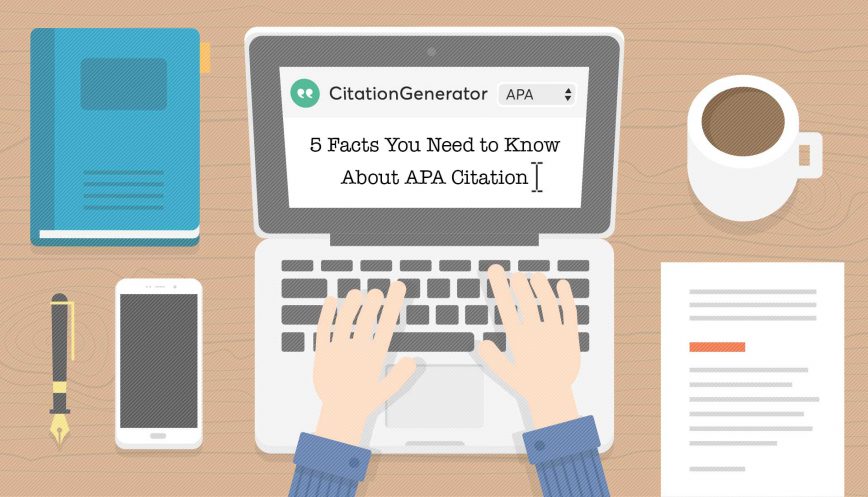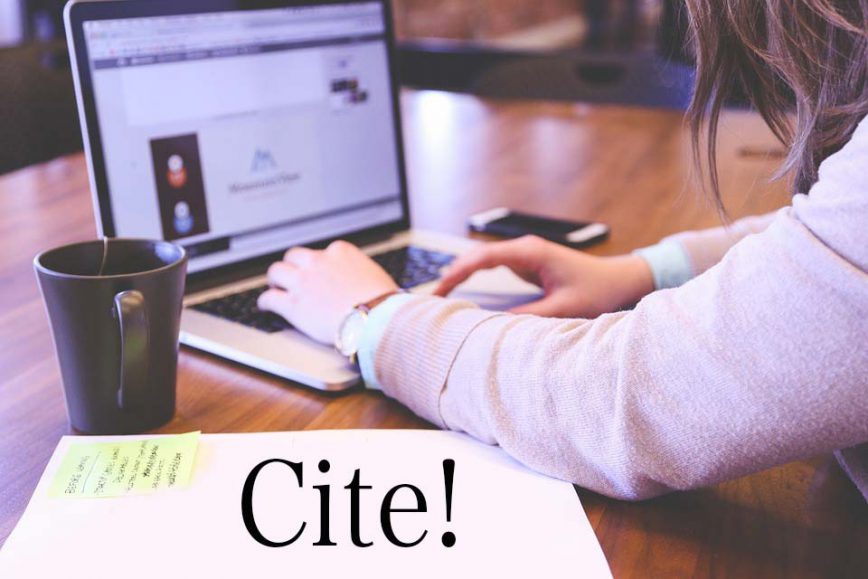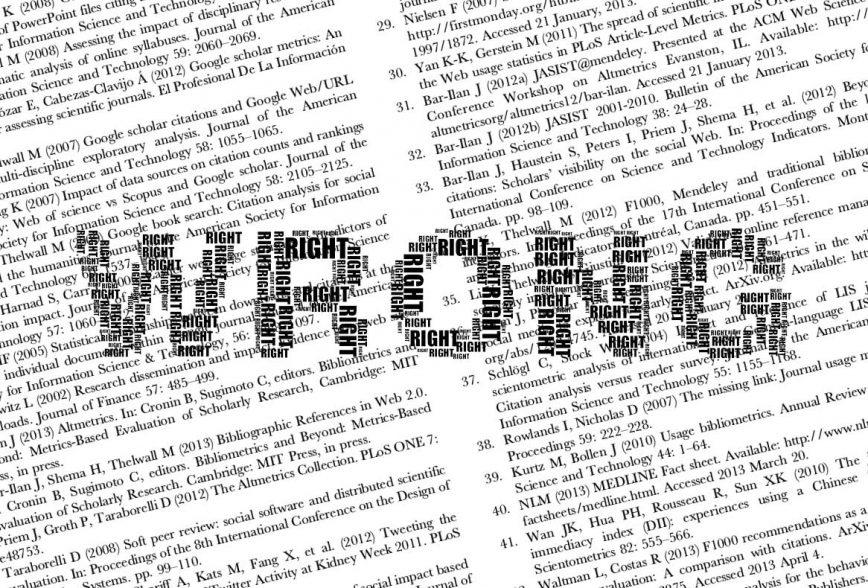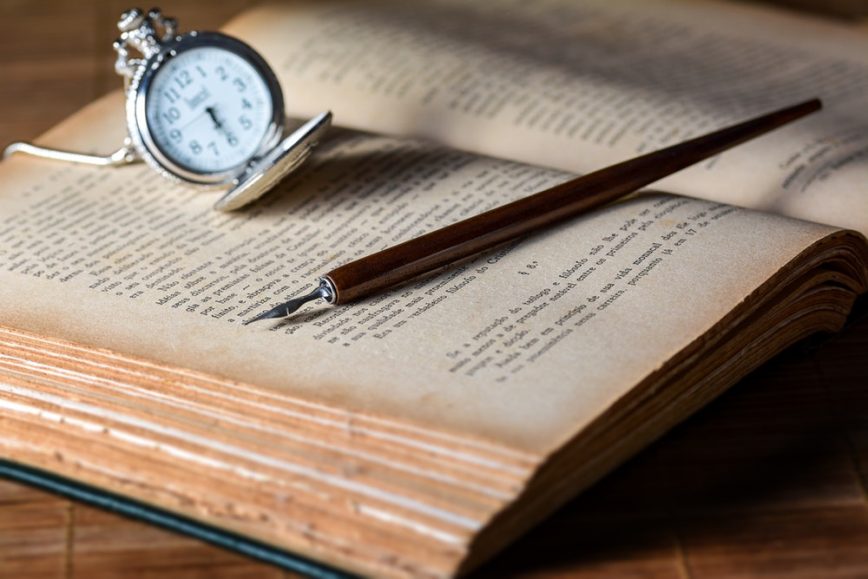As you start having to source and cite your information more for college papers or professional articles and books, you might start off by feeling overwhelmed. It can be quite the head-scratcher at first determining exactly which type of format is needed in the first place. It can take a bit to get used to the formatting behind your citations and figuring out exactly what needs to be included. However, after doing it often enough, it won’t slow you down nearly as much while you are writing. Below are five facts to keep in mind that you should always remember about APA (American Psychological Association) citations.
Which Papers Need APA in the First Place?
Every citation format was created for a specific type of writing that deals with a certain subject matter. The APA style was basically born in 1929 in an article published in the Psychological Bulletin where the guidelines for the format were laid out. However, it did take a bit of time to start catching on.
So it makes perfect sense that since the APA style was created by the American Psychological Association and was first started in the Psychological Bulletin, that this type of format was made for writing that deals with psychology and other social sciences. This would include anthropology, sociology, as well as education and other fields. If you aren’t writing about the social sciences, then there is a good chance that you should be using the MLA format or even Chicago style.
Your APA Paper Should Have Four Parts
Knowing the APA formatting style means more than just figuring out how to correctly put the information needed in the correct order while citing a source. APA papers usually have four major sections. It has a title page with, of course, the title, the author’s name, and the school it is affiliated with.
The second part of an APA paper is one that is sometimes forgotten. It is called the abstract section. It is simply a brief summary of about 200 words detailing what your paper is about. Think of it as a preview to what the reader is about ready to take in.
The third section is the main body of the APA paper. It is the actual essay itself. The meat of the whole paper and the reason why someone is reading it. You may have the prettiest cited APA sources a person has ever seen, but if the body of the paper is not interesting, it will not matter one bit.
Lastly, the fourth section of the APA paper is the reference list. It is a categorized list of the the sources you used in the writing of your paper. If you cited any information in your paper, which you better have to get a passing grade, it must be referenced in this section.
Remember the In-Text Citations for APA
While writing your amazing paper, you need to remember to include the citations in the text of it otherwise your professor will believe your paper is much less amazing than originally thought. These are called in-text citations and are written in the APA format style by having the author’s last name followed by the year the book or article came out.
It is much easier to do than you may think. For instance, if you are referring to information that you have gathered from a book written by famed psychologist B.F. Skinner that was first published in 1950, you would simply have: (Skinner, 1950). But remember at the end of the paper to have the extended information on the source in your references list.
Formatting for the APA Reference Page at the End
The reference page at the end of the paper should begin on a brand new page with a heading on it that simply reads “References”. The title needs to be centered at the top. After you have this completed, you are ready to list your sources in alphabetical order. By being able to list all the references alphabetically, it will save you time as long as you are up to date on knowing the order of the alphabet.
Keep in mind not to indent the first line of a reference, but each additional line after should be indented over instead. The reference section is usually double-spaced as well.
The Order Needed for Each APA Citation
This is when citations can get confusing. Depending upon the formatting style, the order of all the information can leave you wondering why there isn’t just one universal way to cite all sources regardless of the subject matter. However, until that day arrives, here is a quick breakdown for the APA references page.
If you are citing a journal article, you would start with the author’s name, the year it was written, the name of the article, the name of the publication it came from, and then the pages of the magazine in which this article can be found. There are numerous times when an article or book has multiple authors, and it is up to you to put all of their names in alphabetical order.
Listing a book on your references list is actually easier than an article. You would simply have the authors name, the year it was first published, the name of the book, and then finally the name of the publisher. Citing books in APA format is relatively simple.
When it is all said and done, knowing what to do for APA citations will only make you a better writer in the long run. And don’t let the process get you down. The amount of times you need to cite sources in life is probably not going to be too immense. In case you need help creating your first APA citations, try our online citation generator. It offers an easy way to create citations in various formats, and is easier to use than other citation generators out there. So keep your chin up and keep on citing your sources.



